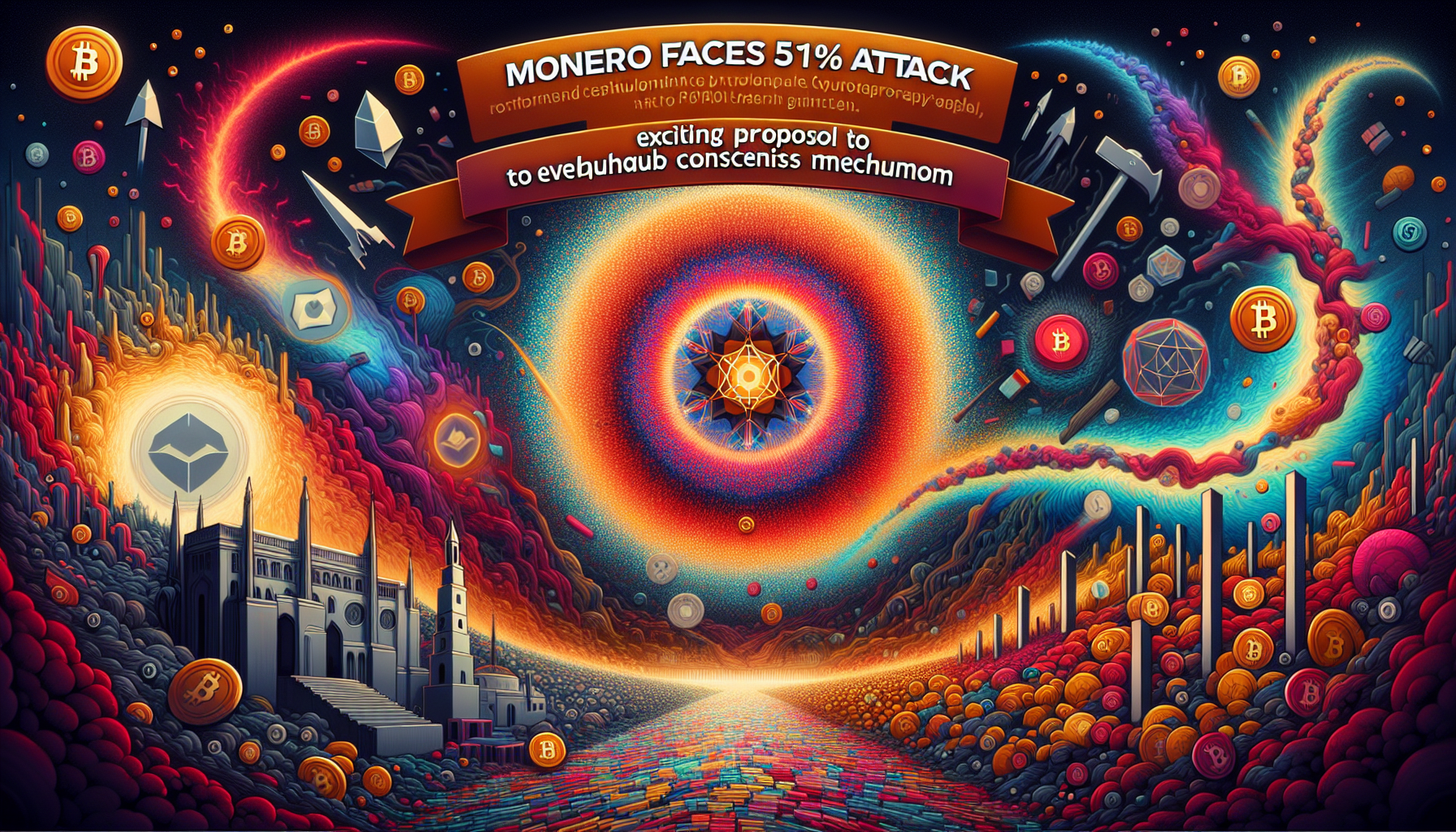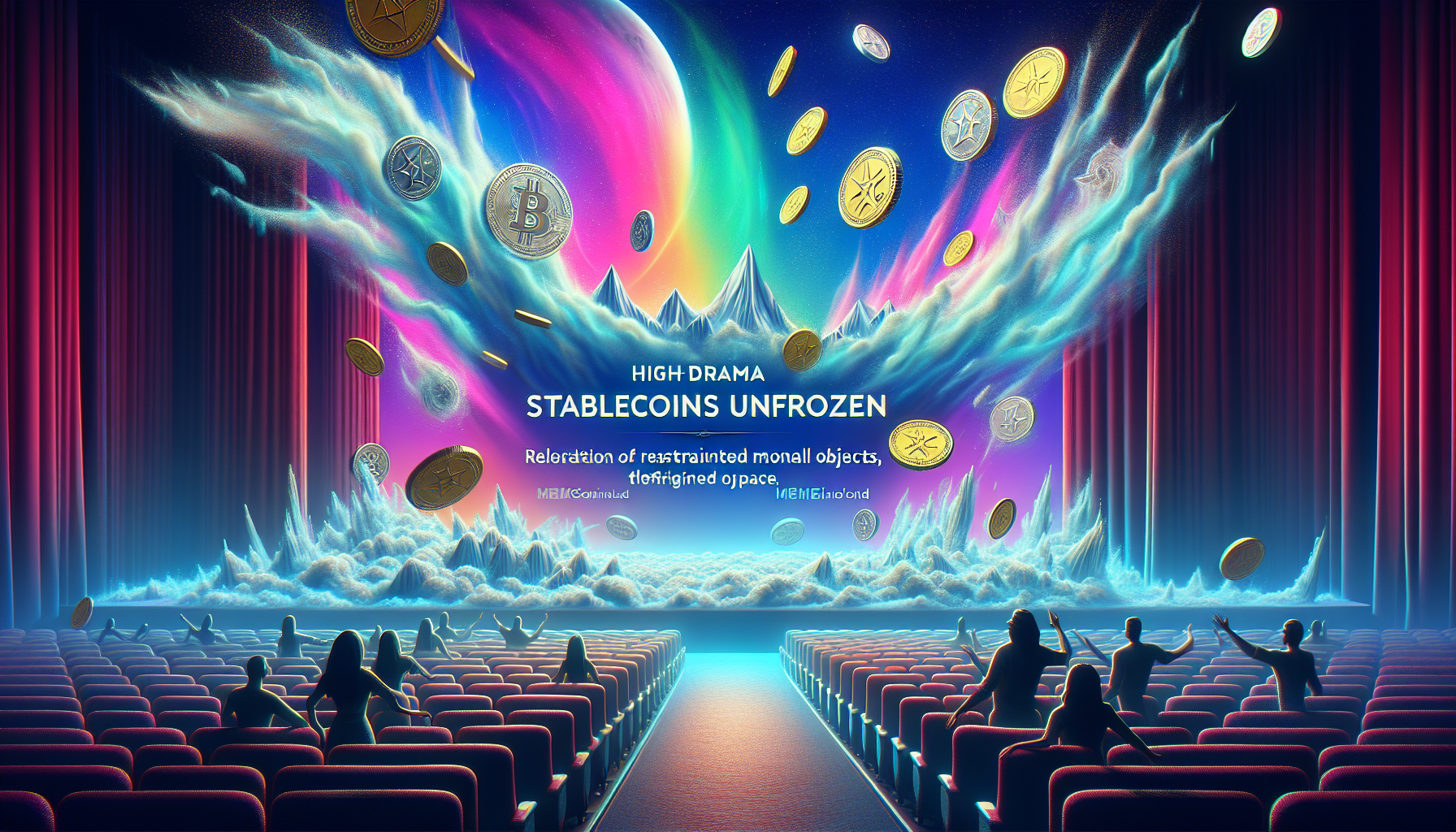 The GENIUS stablecoin bill has sparked a whirlwind of debate in the crypto community. Jean Rausis, the co-founder of Smardex, a decentralized trading platform, has thrown down the gauntlet, claiming that this bill is nothing more than a sneaky attempt to introduce central bank digital currency (CBDC) controls through the backdoor.
The GENIUS stablecoin bill has sparked a whirlwind of debate in the crypto community. Jean Rausis, the co-founder of Smardex, a decentralized trading platform, has thrown down the gauntlet, claiming that this bill is nothing more than a sneaky attempt to introduce central bank digital currency (CBDC) controls through the backdoor.
Rausis argues that the U.S. government is setting the stage to penalize stablecoin issuers who don’t toe the line with this new regulatory framework. It’s a move reminiscent of the European Union’s Markets in Crypto-Assets (MiCA) regulations. The real kicker? Rausis suggests that by controlling stablecoins, the government can effectively control financial transactions, freezing funds at will—just like a CBDC would.
But why go through the hassle of creating a CBDC when you can achieve the same result with stablecoins under government control? It’s a question that Rausis poses, suggesting that this approach offers the illusion of decentralization while keeping a tight grip on the reins.
In this landscape, decentralized alternatives like algorithmic stablecoins and synthetic dollars are emerging as crucial defenders against creeping government control over crypto. These alternatives could be the key to maintaining true decentralization in the face of increasing regulation.
The GENIUS Act, introduced by Tennessee Senator Bill Hagerty, aims to establish a comprehensive framework for overcollateralized stablecoins like Tether’s USDt and Circle’s USDC. However, recent revisions to the bill have introduced stricter provisions, including Anti-Money Laundering requirements, reserve mandates, liquidity provisions, and sanctions checks.
These changes could give U.S.-based stablecoin issuers a competitive edge over their offshore counterparts. At the White House Crypto Summit, U.S. Treasury Secretary Scott Bessent emphasized the role of stablecoins in ensuring U.S. dollar dominance in global payments and maintaining its status as the world’s reserve currency.
Centralized stablecoin issuers rely heavily on U.S. bank deposits and short-term cash equivalents like U.S. Treasury bills to back their digital tokens. This reliance drives up demand for the U.S. dollar and U.S. debt instruments, with stablecoin issuers collectively holding over $120 billion in U.S. debt—making them one of the largest buyers of U.S. government debt worldwide.
As the crypto world watches closely, the GENIUS bill’s implications for decentralization and financial sovereignty remain a hot topic. Will decentralized alternatives rise to the challenge and preserve the spirit of crypto? Only time will tell.




